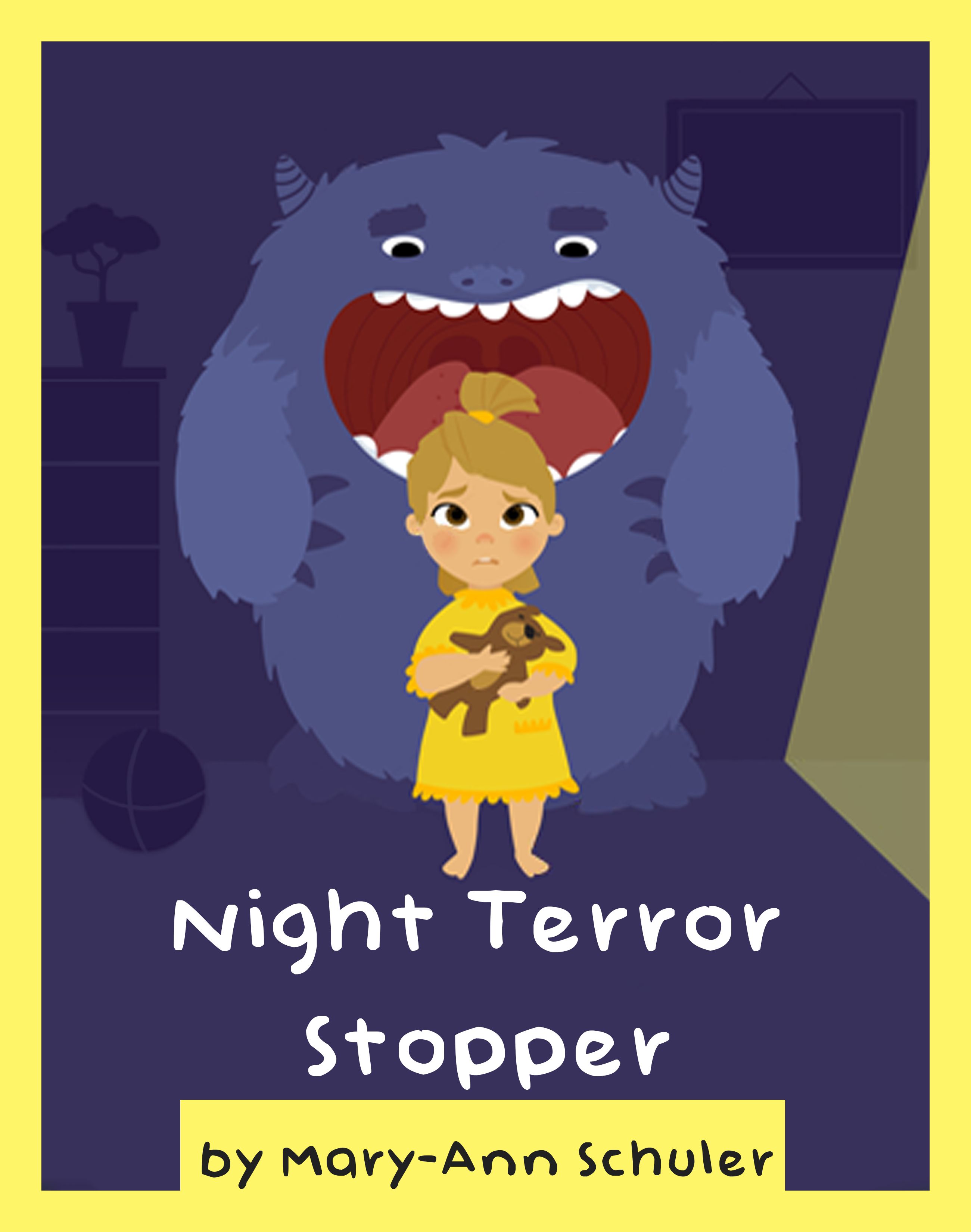How to calm a crying baby
When a baby starts crying, it can be challenging for parents to figure out how to calm them down. Understanding the triggers of a crying baby, as well as using effective techniques and creating a calm environment, can help soothe the infant and bring them comfort. In this article, we will explore these strategies in detail to help parents navigate through those tough moments when their baby won’t stop crying.
Understanding the Triggers of a Crying Baby
Babies cry for a variety of reasons, and it is essential to understand the triggers that may be causing your little one to become upset. Common reasons for crying include hunger, tiredness, discomfort (such as a dirty diaper or being too hot or cold), overstimulation, or simply needing comfort and attention. By being attentive to your baby’s cues and needs, you can better identify what might be causing their distress and respond accordingly.
It is also important to remember that babies have different temperaments, and what works for one baby may not work for another. Some babies may be more sensitive to stimuli or have a harder time self-soothing, leading to more frequent crying episodes. By paying attention to your baby’s individual patterns and responses, you can better tailor your soothing techniques to meet their specific needs.
Effective Techniques to Soothe a Crying Infant

There are several effective techniques that parents can use to calm a crying infant. One common method is to gently rock or sway the baby in your arms or a rocking chair. The rhythmic motion can be soothing for the baby and help them relax. Another technique is to offer a pacifier or provide gentle pressure on the baby’s abdomen by holding them against your chest. This can mimic the feeling of being in the womb and bring comfort to the baby.
Singing or playing soft music can also be helpful in calming a crying infant. The familiar sound of your voice or soothing music can have a calming effect on the baby and distract them from whatever was causing their distress. Additionally, using white noise, such as a fan or a white noise machine, can create a calming environment for the baby and help drown out other distracting sounds that may be causing them to cry.
Creating a Calm Environment for a Restless Baby
Creating a calm environment is essential for soothing a restless baby. Ensuring that the baby’s basic needs are met, such as feeding, changing their diaper, or providing a comfortable temperature, can help alleviate their distress. Dimming the lights and reducing noise levels can also create a more serene atmosphere for the baby to relax in.
Establishing a consistent bedtime routine can also help calm a restless baby. A predictable routine, such as a warm bath followed by a feeding and lullaby before bedtime, can signal to the baby that it is time to wind down and prepare for sleep. By creating a calming environment and sticking to a routine, parents can help their baby feel secure and comforted, reducing the likelihood of crying episodes.
Caring for a crying baby can be a challenging experience, but by understanding the triggers of crying, using effective soothing techniques, and creating a calm environment, parents can help their little one feel comforted and secure. Remember that every baby is unique, so it may take some trial and error to find what works best for your child. By being patient, attentive, and responsive to your baby’s needs, you can navigate through those difficult moments and provide the comfort and care that your baby needs.







